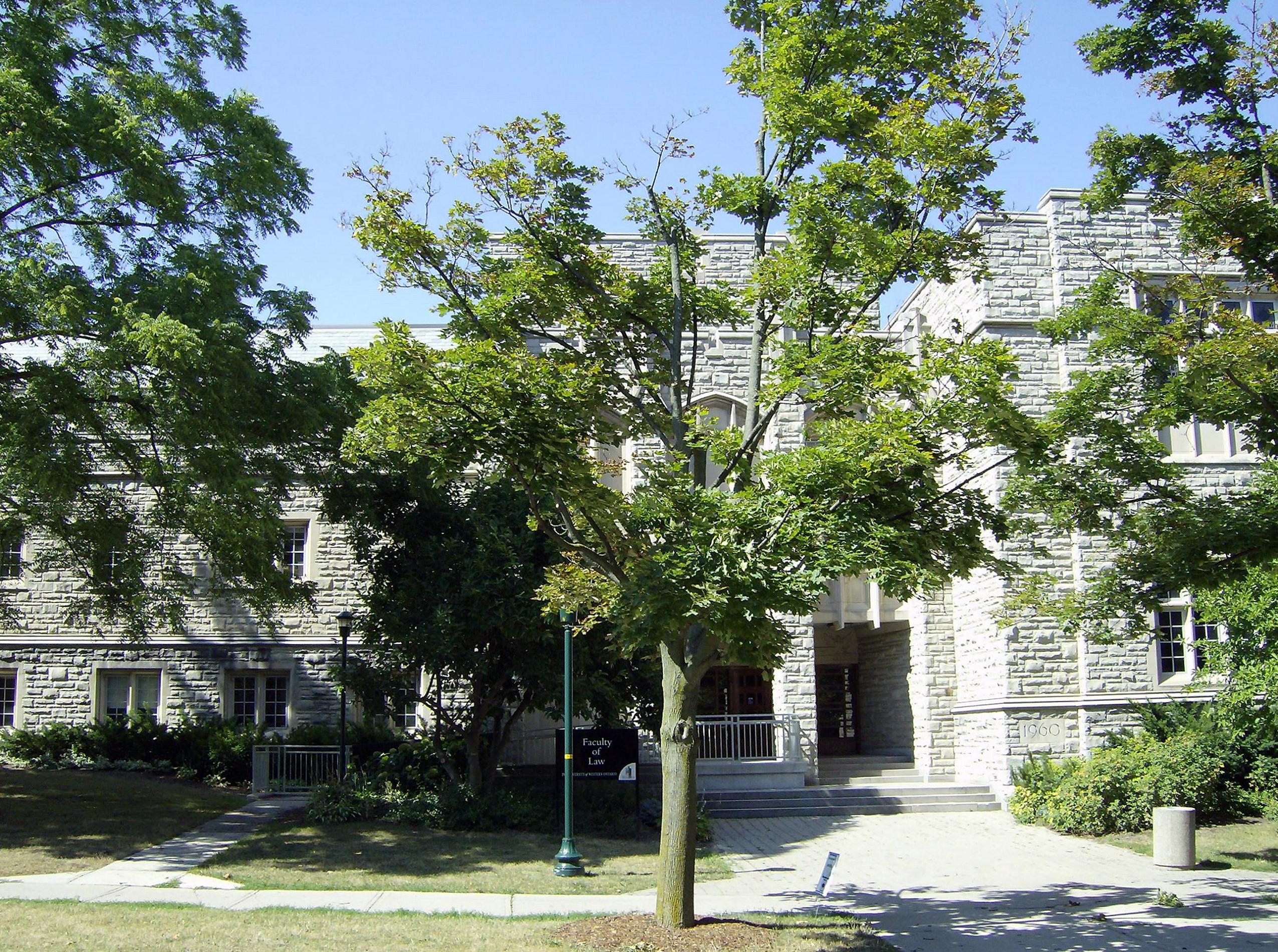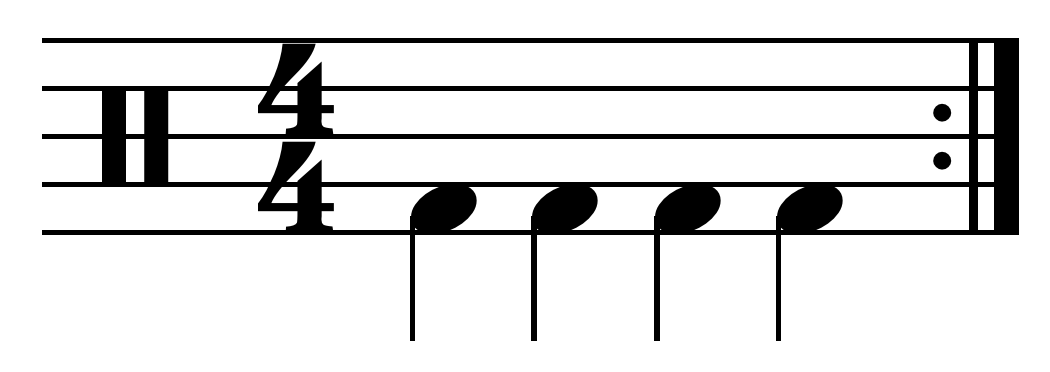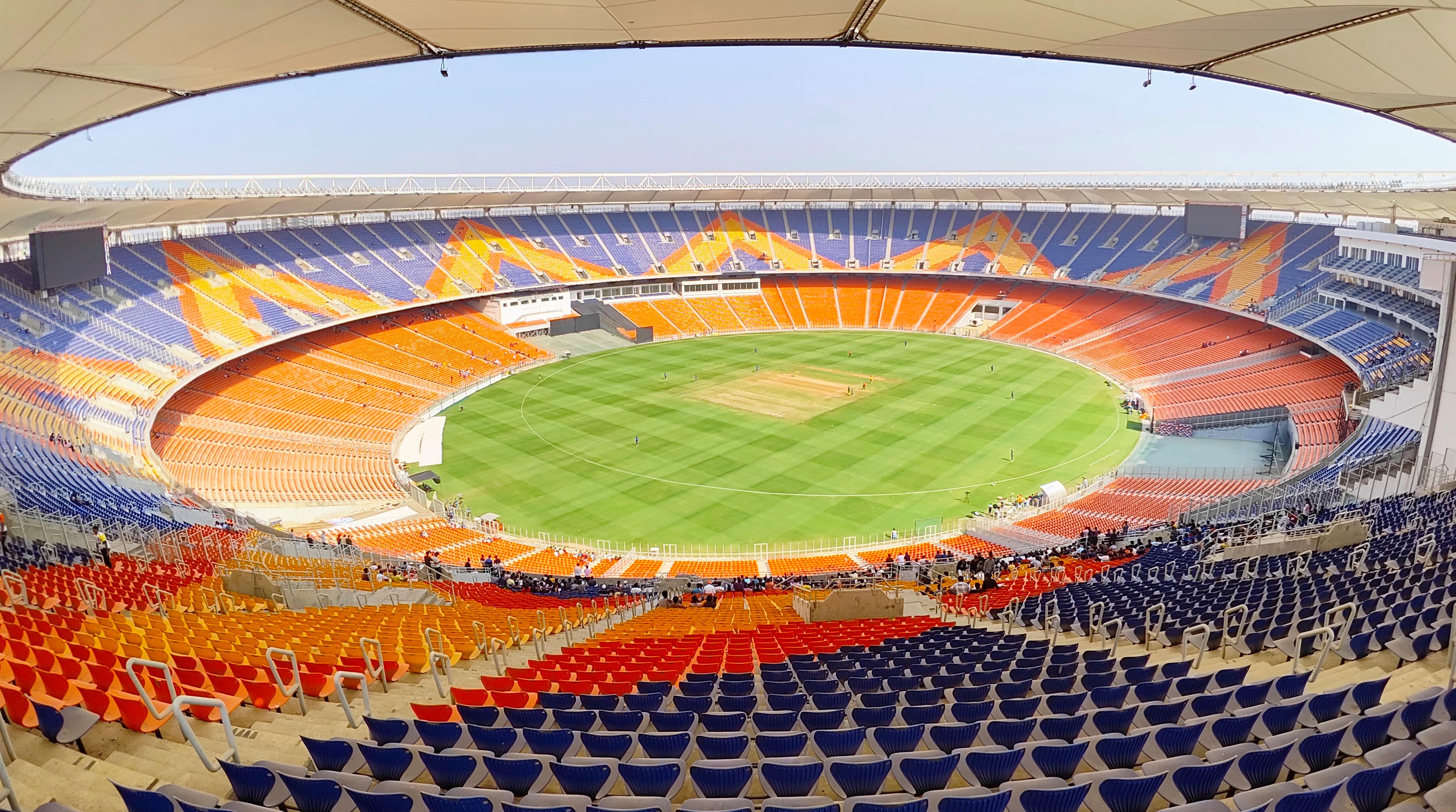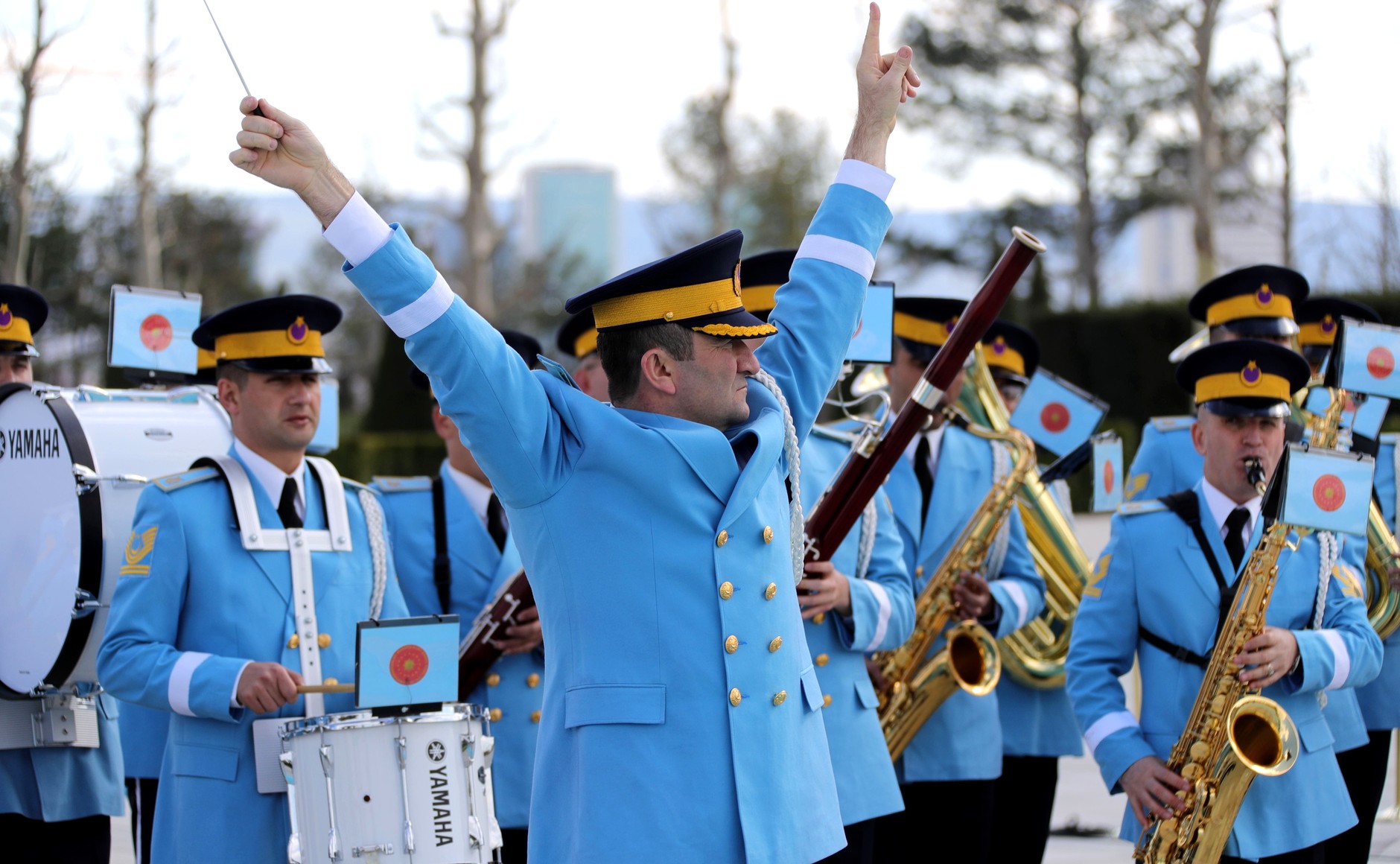|
Western Mustang Band
The Western Mustang Band (WMB) is the marching band for the University of Western Ontario in London, Ontario, Canada. The band performs at every home football game for the Western Mustangs at TD Stadium in the fall term as well as other athletic events such as basketball and hockey games throughout the year. Its nickname is "The Pride of Western". The band today comprises brass, percussion, and woodwind instruments played by students from varying faculties on campus, and is led by a drum major. Other band activities include a variety of Santa Claus parades, Orientation week activities, and social events for the University and the community at large. History Early formation and the Canadian Officer Training Corps In 1923, a band was formed under the direction of Sidney Kingsmill on the newly developed University of Western Ontario campus."Rooters' Parade Is Big Success", ''Western U Gazette,'' October 19, 1923, 1. Kingsmill was a well-known musician at Western and developed ... [...More Info...] [...Related Items...] OR: [Wikipedia] [Google] [Baidu] |
The University Of Western Ontario
The University of Western Ontario (UWO; branded as Western University) is a public research university in London, Ontario, Canada. The main campus is located on of land, surrounded by residential neighbourhoods and the Thames River bisecting the campus's eastern portion. The university operates twelve academic faculties and schools. The university was founded on 7 March 1878 by Bishop Isaac Hellmuth of the Anglican Diocese of Huron as The Western University of London, Ontario. It incorporated Huron College, which had been founded in 1863. The first four faculties were Arts, Divinity, Law and Medicine. The university became non-denominational in 1908. Beginning in 1919, the university had affiliated with several denominational colleges. The university grew substantially in the post-World War II era, and a number of faculties and schools were added. Western is a co-educational university, with more than 24,000 students, and over 306,000 living alumni worldwide. The university ... [...More Info...] [...Related Items...] OR: [Wikipedia] [Google] [Baidu] |
Marching
Marching refers to the organized, uniformed, steady walking forward in either rhythmic or route-step time; and, typically, it refers to overland movements on foot of military troops and units under field orders. Marching is often performed to march music and is typically associated with military and civilian ceremonial parades. It is a major part of military basic training in most countries and usually involves a system of drill commands. It can also be used as a general term to describe a protest in which protestors move such as the March on Washington for Jobs and Freedom, a watershed moment in the civil rights movement. Purpose It is said that many ancient empires first developed marching as a way to move troops from one place to another without them getting mixed up with other troops. A soldier learning to march to drum cadences, martial music and shouted commands is considered an essential element of teaching military discipline. In the United States Marine ... [...More Info...] [...Related Items...] OR: [Wikipedia] [Google] [Baidu] |
Jazz
Jazz is a music genre that originated in the African-American communities of New Orleans, Louisiana, in the late 19th and early 20th centuries. Its roots are in blues, ragtime, European harmony, African rhythmic rituals, spirituals, hymns, marches, vaudeville song, and dance music. Since the 1920s Jazz Age, it has been recognized as a major form of musical expression in traditional and popular music. Jazz is characterized by swing and blue notes, complex chords, call and response vocals, polyrhythms and improvisation. As jazz spread around the world, it drew on national, regional, and local musical cultures, which gave rise to different styles. New Orleans jazz began in the early 1910s, combining earlier brass band marches, French quadrilles, biguine, ragtime and blues with collective polyphonic improvisation. However, jazz did not begin as a single musical tradition in New Orleans or elsewhere. In the 1930s, arranged dance-oriented swing big bands, ... [...More Info...] [...Related Items...] OR: [Wikipedia] [Google] [Baidu] |
Bass Drum
The bass drum is a large drum that produces a note of low definite or indefinite pitch. The instrument is typically cylindrical, with the drum's diameter usually greater than its depth, with a struck head at both ends of the cylinder. The heads may be made of calfskin or plastic and there is normally a means of adjusting the tension, either by threaded taps or by strings. Bass drums are built in a variety of sizes, but size does not dictate the volume produced by the drum. The pitch and the sound can vary much with different sizes,Norman Del Mar, Del Mar, Norman (1981). ''Anatomy of the Orchestra''. . but the size is also chosen based on convenience and aesthetics. Bass drums are percussion instruments that vary in size and are used in several musical genres. Three major types of bass drums can be distinguished. * The type usually seen or heard in orchestral, ensemble or concert band music is the orchestral, or concert bass drum (in Italian: gran cassa, gran tamburo). It is the ... [...More Info...] [...Related Items...] OR: [Wikipedia] [Google] [Baidu] |
Snare Drum
The snare drum (or side drum) is a percussion instrument that produces a sharp staccato sound when the head is struck with a drum stick, due to the use of a series of stiff wires held under tension against the lower skin. Snare drums are often used in Orchestra, orchestras, Concert band, concert bands, Marching band, marching bands, Parade, parades, drumlines, drum corps, and more. It is one of the central pieces in a drum set, a collection of percussion instruments designed to be played by a seated drummer and used in many genres of music. Because basic rhythms are very easy to learn to play on a snare drum even for children, the instrument is also suitable for the music education for young children and a rhythm band. Snare drums are usually played with drum sticks, but other beaters such as the Brush (percussion), brush or the Rute (music), rute can be used to achieve different tones. The snare drum is a versatile and expressive percussion instrument due to its sensitivity and ... [...More Info...] [...Related Items...] OR: [Wikipedia] [Google] [Baidu] |
Saxophone
The saxophone (often referred to colloquially as the sax) is a type of single-reed woodwind instrument with a conical body, usually made of brass. As with all single-reed instruments, sound is produced when a reed on a mouthpiece vibrates to produce a sound wave inside the instrument's body. The pitch is controlled by opening and closing holes in the body to change the effective length of the tube. The holes are closed by leather pads attached to keys operated by the player. Saxophones are made in various sizes and are almost always treated as transposing instruments. A person who plays the saxophone is called a ''saxophonist'' or ''saxist''. The saxophone is used in a wide range of musical styles including classical music (such as concert bands, chamber music, solo repertoire, and occasionally orchestras), military bands, marching bands, jazz (such as big bands and jazz combos), and contemporary music. The saxophone is also used as a solo and melody instrument or as a mem ... [...More Info...] [...Related Items...] OR: [Wikipedia] [Google] [Baidu] |
Clarinet
The clarinet is a Single-reed instrument, single-reed musical instrument in the woodwind family, with a nearly cylindrical bore (wind instruments), bore and a flared bell. Clarinets comprise a Family (musical instruments), family of instruments of differing sizes and pitches. The clarinet family is the largest woodwind family, ranging from the contrabass clarinet, BB♭ contrabass to the A-flat clarinet, A♭ piccolo. The B soprano clarinet is the most common type, and is the instrument usually indicated by the word "clarinet". German instrument maker Johann Christoph Denner is generally credited with inventing the clarinet sometime around 1700 by adding a register key to the chalumeau, an earlier single-reed instrument. Over time, additional keywork and airtight pads were added to improve the tone and playability. Today the clarinet is a standard fixture of the orchestra and concert band and is used in classical music, military bands, klezmer, jazz, and other styles. Etymol ... [...More Info...] [...Related Items...] OR: [Wikipedia] [Google] [Baidu] |
Flute
The flute is a member of a family of musical instruments in the woodwind group. Like all woodwinds, flutes are aerophones, producing sound with a vibrating column of air. Flutes produce sound when the player's air flows across an opening. In the Hornbostel–Sachs classification system, flutes are edge-blown aerophones. A musician who plays the flute is called a flautist or flutist. Paleolithic flutes with hand-bored holes are the earliest known identifiable musical instruments. A number of flutes dating to about 53,000 to 45,000 years ago have been found in the Swabian Jura region of present-day Germany, indicating a developed musical tradition from the earliest period of modern human presence in Europe.. Citation on p. 248. * While the oldest flutes currently known were found in Europe, Asia also has a long history with the instrument. A playable bone flute discovered in China is dated to about 9,000 years ago. The Americas also had an ancient flute culture, with instrumen ... [...More Info...] [...Related Items...] OR: [Wikipedia] [Google] [Baidu] |
Stadium
A stadium (: stadiums or stadia) is a place or venue for (mostly) outdoor sports, concerts, or other events and consists of a field or stage completely or partially surrounded by a tiered structure designed to allow spectators to stand or sit and view the event. Pausanias noted that for about half a century the only event at the ancient Greek Olympic festival was the race that comprised one length of the stadion at Olympia, where the word "stadium" originated. Most of the stadiums with a capacity of at least 10,000 are used for association football. Other popular stadium sports include gridiron football, baseball, cricket, the various codes of rugby, field lacrosse, bandy, and bullfighting. Many large sports venues are also used for concerts. Etymology "Stadium" is the Latin form of the Greek word " stadion" (''στάδιον''), a measure of length equalling the length of 600 human feet. As feet are of variable length the exact length of a stadion depends on the ex ... [...More Info...] [...Related Items...] OR: [Wikipedia] [Google] [Baidu] |
Fanfare
A fanfare (or fanfarade or flourish) is a short musical flourish which is typically played by trumpets (including fanfare trumpets), French horns or other brass instruments, often accompanied by percussion. It is a "brief improvised introduction to an instrumental performance". A fanfare has also been defined in ''The Golden Encyclopedia of Music'' as "a musical announcement played on brass instruments before the arrival of an important person", such as heralding the entrance of a monarch (the term honors music for such announcements does not have the specific connotations of instrument or style that ''fanfare'' does). Historically, fanfares were usually played by trumpet players, as the trumpet was associated with royalty. Bugles are also mentioned. The melody notes of fanfare are often based around the major triad, often using "heroic dotted rhythms". By extension, the term may also designate a short, prominent passage for brass instruments in an orchestral composition. ... [...More Info...] [...Related Items...] OR: [Wikipedia] [Google] [Baidu] |
Herald Trumpet
A herald, or a herald of arms, is an officer of arms, ranking between pursuivant and king of arms. The title is commonly applied more broadly to all officers of arms. Heralds were originally messengers sent by monarchs or noblemen to convey messages or proclamations—in this sense being the predecessors of modern diplomats. In the Hundred Years' War, French heralds challenged King Henry V to fight. During the Battle of Agincourt, the English herald and the French herald, Montjoie, watched the battle together from a nearby hill; both agreed that the English were the victors, and Montjoie provided King Henry V, who thus earned the right to name the battle, with the name of the nearby castle. Like other officers of arms, a herald would often wear a surcoat, called a tabard, decorated with the coat of arms of his master. It was possibly due to their role in managing the tournaments of the Late Middle Ages that heralds came to be associated with the regulation of the knigh ... [...More Info...] [...Related Items...] OR: [Wikipedia] [Google] [Baidu] |
Bandmaster
A bandmaster is the leader and conductor of a band, usually a concert band, military band, brass band or a marching band. British Armed Forces In the British Army, bandmasters of the Royal Corps of Army Music now hold the rank of staff sergeant, warrant officer class 2 or warrant officer class 1. A commissioned officer who leads a band is known as the director of music. Directors of music are all former bandmasters who have been commissioned. All bandmasters initially joined the Army as musicians and were selected for bandmaster training from non-commissioned rank (usually having reached the rank of at least corporal). However, unlike most NCOs, bandmasters are promoted directly to staff sergeant on completion of their bandmaster training and have not necessarily worked their way through all the intervening ranks. British Army line infantry and cavalry regimental bands were led by bandmasters until the reorganisation of bands and the creation of the Corps of Army Music ... [...More Info...] [...Related Items...] OR: [Wikipedia] [Google] [Baidu] |








